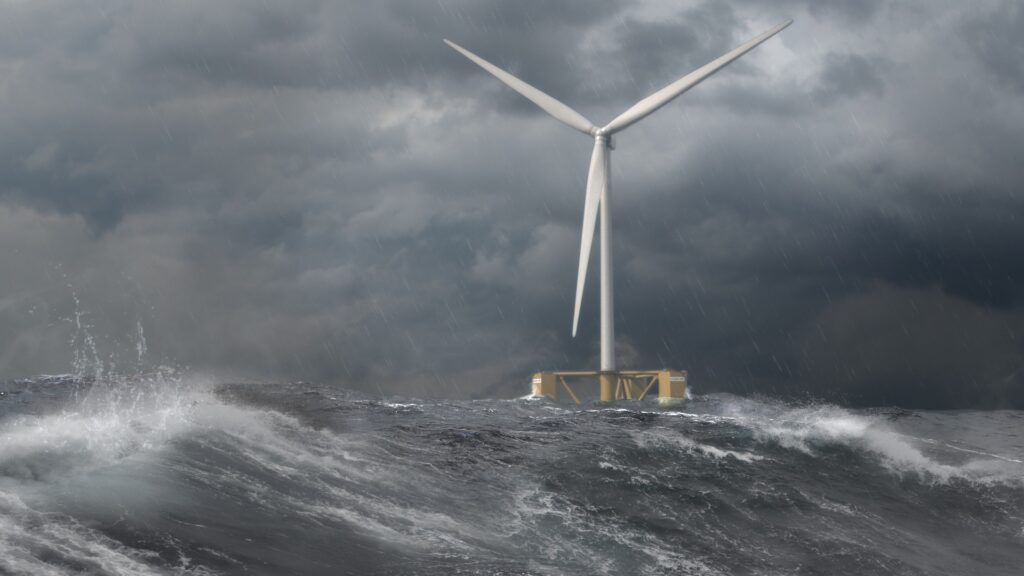BlueFloat Energy has halted the development of offshore wind projects in New Zealand as part of a global strategic review.
Despite this decision, BlueFloat Energy expressed confidence in the potential of offshore wind to support New Zealand’s decarbonization and economic growth goals.
The halt is attributed to uncertainties surrounding the development of the offshore wind market in New Zealand, including market routes and seabed allocation, according to the company.
“We urge the New Zealand Government to establish a supportive regulatory framework for offshore wind and help the industry navigate these uncertainties,” stated BlueFloat Energy.
The company will now concentrate on more advanced projects within its portfolio.
BlueFloat unveiled its offshore wind initiatives in New Zealand in 2021 through a partnership with Energy Estate and Elemental Group to develop up to 5 GW of offshore wind capacity across four projects.
In November 2022, the consortium announced its inaugural project in South Taranaki, featuring bottom-fixed technology and a 900 MW capacity. Another project in South Auckland and West Waikato followed later that month.
In 2023, BlueFloat partnered with Taranaki Offshore Partnership (TOP), comprising NZ Super Fund and Copenhagen Infrastructure Partners (CIP), and Port Taranaki to study how the port’s assets can support offshore wind industry growth in Aotearoa.
According to the Global Wind Energy Council (GWEC), New Zealand possesses a technical offshore wind potential of 2,252 GW, with 148 GW suitable for fixed-bottom turbines and 2,104 GW for floating wind.
Follow offshoreWIND.biz on:
Original Story at www.offshorewind.biz
